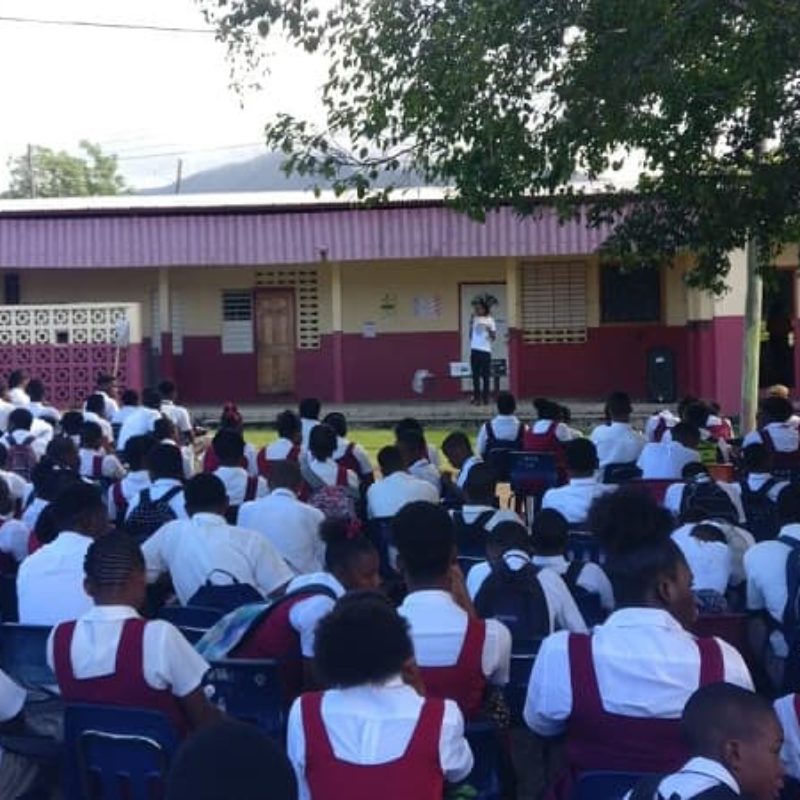Modern Lifestyle is Creating a Health Crisis in the Middle Aged
This week, a new analysis by Public Health England has revealed a troubling conclusion: 40 to 60 year olds in the UK are facing a health crisis. This health crisis has been attributed to modern lifestyles, particularly “the car, the desk job and the computer”, which means that people are not as physically active as 20 years ago.
“People are busy with work, with families, with the daily grind and sometimes their own health is the least of their priorities.” – Professor Kevin Fenton, Director of Health and Wellbeing, Public Health England
Public Health England’s analysis explored how the behaviour and health of people aged 40 to 60 has changed over the past 20 years. They found that 83% of 40-60 year olds either drink too much, are inactive or are overweight or obese.
When we looked at their data on obesity, their report states that 77% of men and 63% of women within the 40 to 60 age group are overweight or obese compared to 67% of men and 55% of women 20 years ago. Public Health England also noted that many middle aged people couldn’t identify what a healthy body looks like and they suggest that it is possible that obesity is now becoming the new normal. This is worrying as many people may not realise they are at an unhealthy weight.
Another important area the analysis looked at was diabetes. They found that the diabetes rate in 40 to 60 year olds has doubled – 3% of middle aged people had diabetes 20 years ago and today that has increased to 7%. Apart from diabetes they found that the rate of heart conditions in men has increased, rising from 8.5% to 11.4% and mental health conditions had trebled (2% to 6%.) Although, with regards to mental health, it was felt that the increase could be due to a better understanding and recognition of mental health conditions.
Solutions
In order to address this health crisis Public Health England’s One You campaign will be reaching out to 40 to 60 year olds to help people assess their lifestyle and then provides tools on how to adopt a healthy lifestyle. These tools include apps like Couch to 5K, Alcohol Checker and Easy Meals.
Other similar solutions include Croydon Council’s online health programme, JustBe, which aims to get local people to adopt a healthier lifestyle by offering a number of recommendations and pointing Croydon residents to local services. To get their messages across they use a variety of tools such as apps, podcasts, expert advice, videos, diet plans and exercise routes.
At the Lake Foundation, we’re aiming to get people active through our free cycling club which is open to everyone. A limited number of bikes and helmets are available. For more information email us
Conclusions
Public Health England’s analysis concluded that compared to 20 years ago:
“Men aged 40 to 60 are:
- more likely to be obese
- less likely to smoke and less likely to drink alcohol (although most do)
- more likely to suffer from a heart condition
- more likely to be diabetic
- more likely to report suffering from a mental health disorder
Women aged 40 to 60 are:
- more likely to be obese;
- less likely to smoke and less likely to drink alcohol
- more likely to be diabetic
- more likely to report suffering from a mental health disorder”
Although the health of middle aged people seems to be declining, there is hope. We can turn things around if everyone makes simple changes to their lifestyle.






















